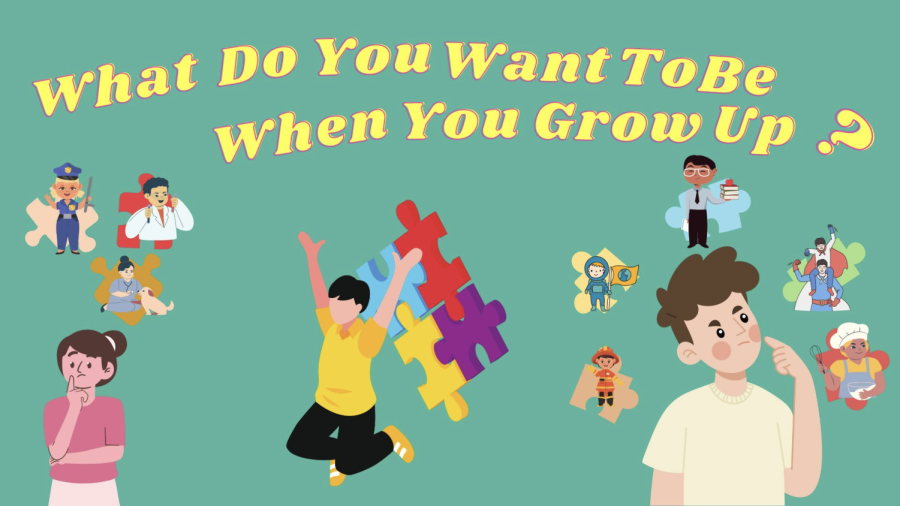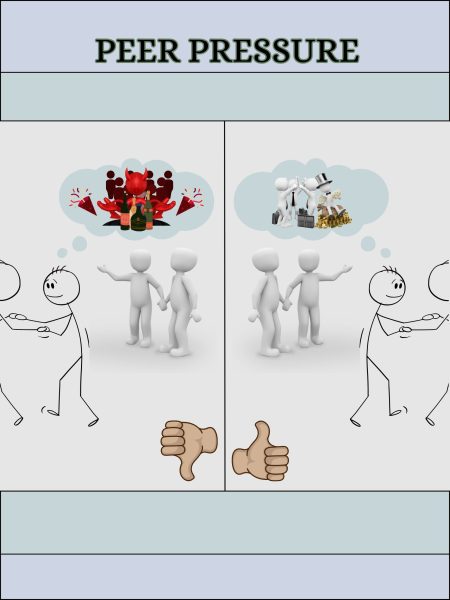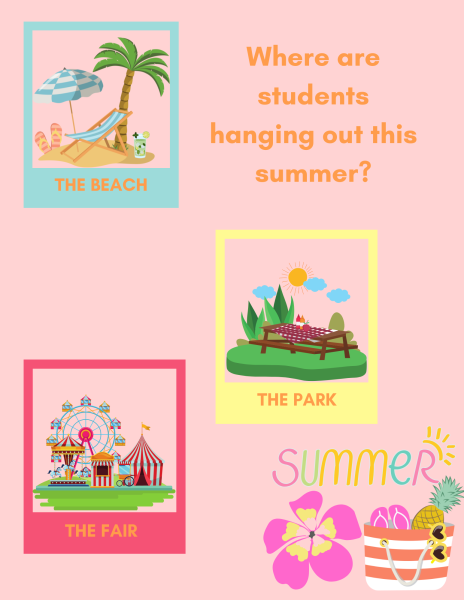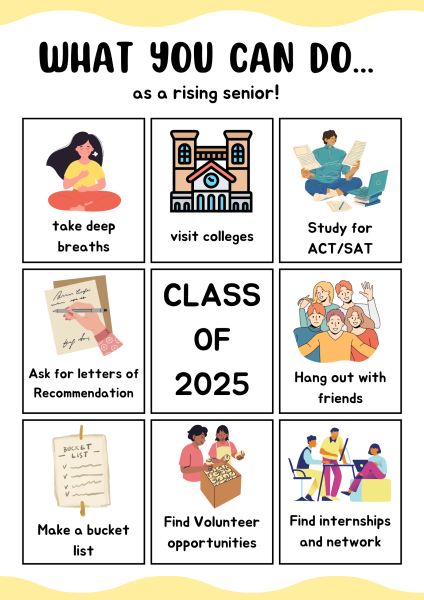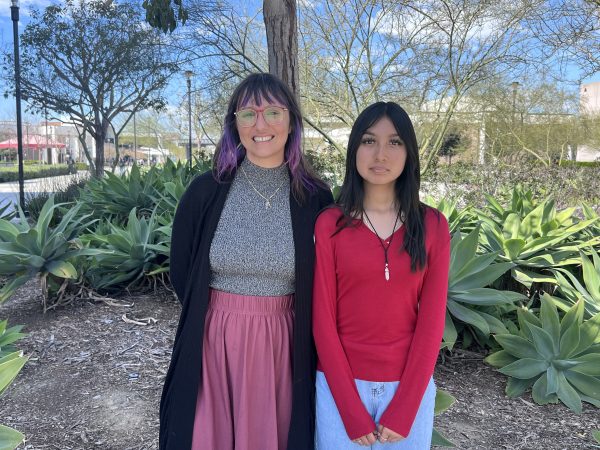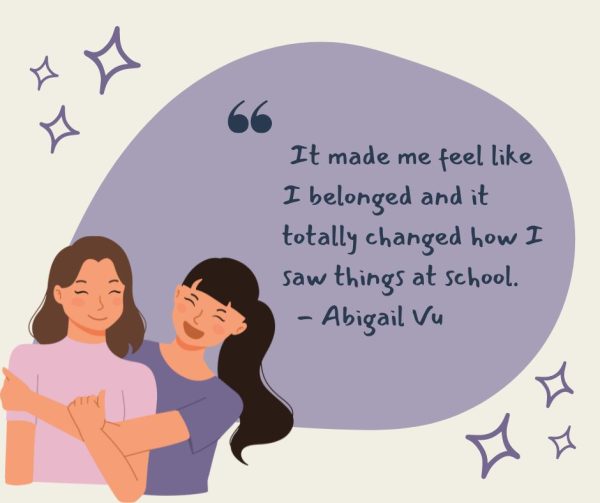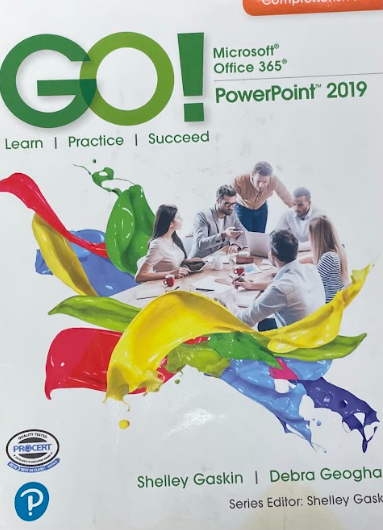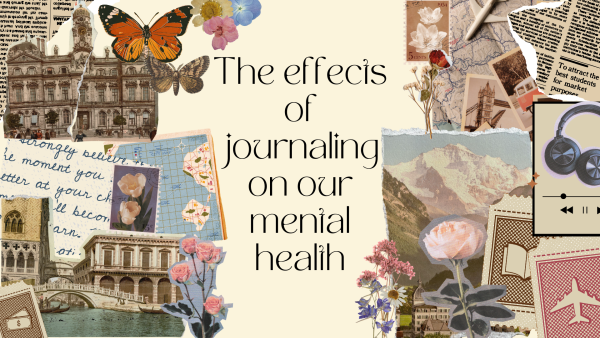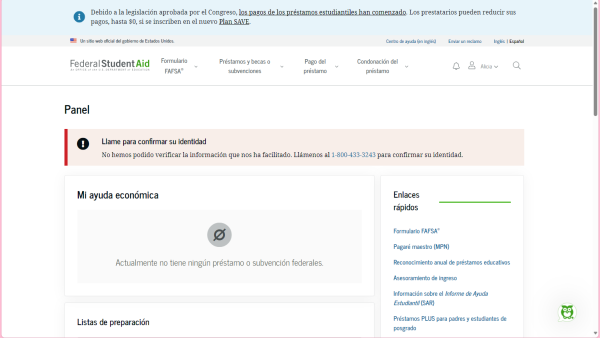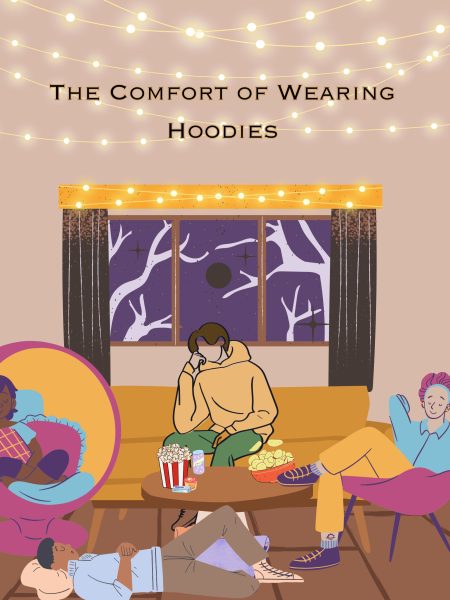The ultimate dilemma: Childhood dream careers
Guadalupe Vargas-Gomez (Created with Canva)
When asked about the future and what we desire to one day become, many have already cracked the puzzle and contain a precise vision of the future, while others are still in question about what they desire to pursue.
“I am going to be a doctor!” “I am going to be a firefighter!” “I want to be a teacher!” Those and many more, are responses that everyone has said when asked the prominent question, “What do you want to be when you grow up?”
Children are the ones who are asking questions, but the one question that children are always faced with is regarding their future, and who they want to become. Many reply to this by naming a career that relates to their favorite character, their favorite hobby, or those who they see on a daily basis.
“If a superhero movie has been released around our career unit more students will say they want to be one,” kindergarten teacher, Susana Martinez said.
Although new generations are progressively coming in, some things always stay the same.
Throughout Martinez’s teaching career, the occupations that are always mentioned among her students are “police officer, firefighter, teacher, doctor, and chef,” she said.
When reflecting upon past responses, students say their response was based on what other kids were saying, but also because they didn’t quite understand what they wanted to become in the future.
Junior Daisy Barragan said, “I was in preschool when I first got asked that question. Well for my response, I just copied the kid who I first asked since I didn’t really know what I wanted to be, so I just said ‘a doctor.’ Though what I was trying to say at the time was a zoologist because I loved animals and wanted to study them.”
To avoid this confusion among students on what they want to be when they grow up, Early Childhood Education professor Karen D. Robinson suggests an anti-bias graph method.
“After learning about occupations, it would be fun to ask the children ‘What you want to be when you grow up,’ once a year. I would add anti-bias math graphing: After finding out the different jobs, put in on a math graph where they could pick their favorite,” Robinson said.
According to the National Association for the Education of Young Children, there are four goals of anti-bias education: identity, diversity, justice, and activism.
These goals allow children to display self-awareness, create caring connections across human diversity, recognize inequity, demonstrate a sense of empowerment, and act against discrimination.
While some have already figured out what career they want to pursue, others still need some reassurance or guidance.
Some factors that are recommended for consideration include an individual’s interests, abilities, opportunities, and passions.
“Be open and ask people questions about the different jobs they have, observe and work in the fields you are interested in,” Robinson said.
But still then, many find the right job later in life, like Robinson.
Robinson said, “I was very fortunate, after being a math major and going back to college, to put my daughter in a preschool and falling in love with young children. My second career was teaching teachers how to teach, and I love both careers.”
The best resort to figuring out what is right is exploring each of the different options because as Robinson said, “Life is a journey,” and not every first option will be the one that is stuck with.
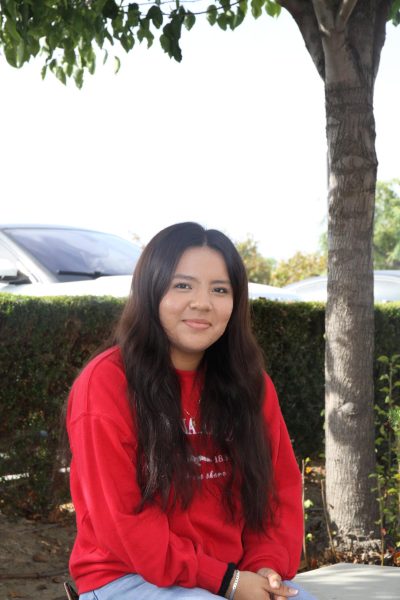
I love listening to music, watching sunsets, and scrolling on Pinterest.


